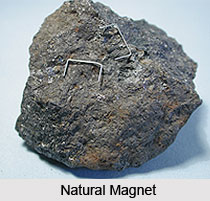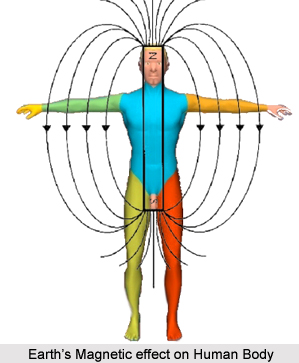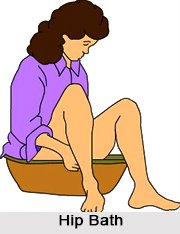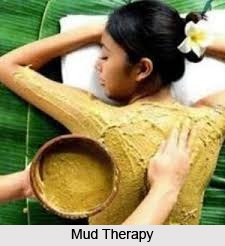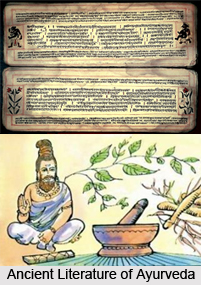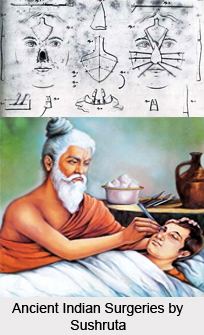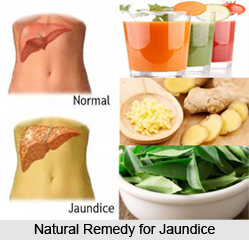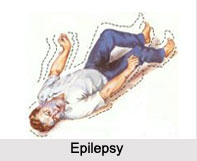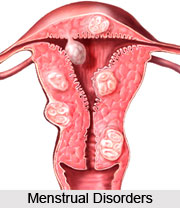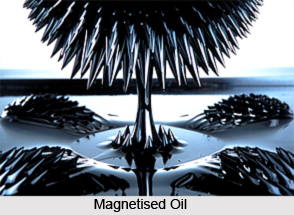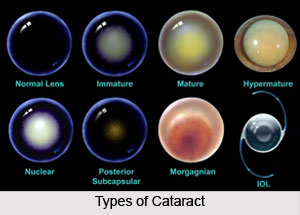 Cataract is an eye disorder which is caused due to myriad of factors. Thus several factors lead to the development of several types. There are different types of cataract, which are caused due to rare diseases or as a result of local eye injuries or inflammation. However, the cataracts can be classified into two major types that include age-related cataracts and cataracts present at birth. Cataracts during birth are a relatively rare disease, yet it can affect an infant.
Cataract is an eye disorder which is caused due to myriad of factors. Thus several factors lead to the development of several types. There are different types of cataract, which are caused due to rare diseases or as a result of local eye injuries or inflammation. However, the cataracts can be classified into two major types that include age-related cataracts and cataracts present at birth. Cataracts during birth are a relatively rare disease, yet it can affect an infant.
The various types of Cataract include primary cataracts such as age-related cataracts as well as secondary cataracts, traumatic cataracts, congenital cataracts and radiation cataracts. Although most cataracts are related to aging, the other types of cataracts develop due to various factors. The cataracts are classified by etiology, such as age-related cataract can be categorized as Immature Senile Cataract (IMSC) where the lens gets partially opaque and the disc view is hazy. Mature Senile Cataract (MSC) where the lens get completely and there is no disc view. Hypermature Senile Cataract (HMSC) is also Liquefied cortical matter which is known as Morgagnian Cataract.
Secondary cataracts are those which develop in an individual after certain surgery. This type can also affect a person for various eye problems too. An individual who was treated for glaucoma or a different eye problem or disease can be affected by cataract. Cataracts may develop in person who has health problems, such as diabetes. In addition to that, Cataracts are formed due to excessive or prolonged use of steroids.
Traumatic cataract is among the types of Cataract that develop after a severe eye injury. An individual may experience this eye disorder immediately or just after damage caused to the eye. Moreover, traumatic cataracts and can occur due to blunt trauma to the eye or from exposure of the eye to alkaline chemicals. Traumatic cataracts are also associated with a penetrating eye injury. Congenital cataract is one of the types that affect babies during birth. This type of eye disorder can develop in childhood too, often in both eyes. However, these cataracts are small and do not affect vision. If the cataracts do cause vision disturbances in the child, this type of Cataract can be rectified by removing the lenses of the affected person and replaced with a synthetic lens.
Congenital cataract naturally arises due to the presence of genes causing cataracts. Accordingly, the child needs only to inherit the gene from one parent to develop the condition of cataract. Additionally, congenital cataracts can also be caused by specific illnesses or infections that the mother has during pregnancy. The diseases such as Rubella and its associated metabolic disorder, known as galactosemia, increase the risk of having a child with congenital cataracts. Congenital cataract can be further classified into Sutural cataract, Lamellar cataract, Zonular cataract and Total cataract.
Among further types of Cataract, include radiation cataracts. This is a type of cataract which is caused from over exposure to ultraviolet sunlight as well as other forms of radiation. Researches have revealed that exposure to sunlight over a prolonged period of time could double the risk of cortical cataracts. Moreover, cataracts can affect a person who is under any medication which causes skin sun sensitivity. These medications increase the sensitivity of the eyes to the sunlight making it more prone to this eye disorder. Types of Cataract can include the range of Anterior cortical cataract, Anterior polar cataract, Anterior subcapsular cataract and Nuclear cataract. This classification is done on the basis of location of opacity within the lens structure. There are still other types that affect an individual that include Posterior cortical cataract, Posterior polar cataract and Posterior subcapsular cataract.
Whatever the types of Cataracts may be, it remains as the eye disorder that is capable of covering the eye lens partially or completely. This eye disease can be stationary. It can grow at one place and slowly stop or it can grow rapidly.





